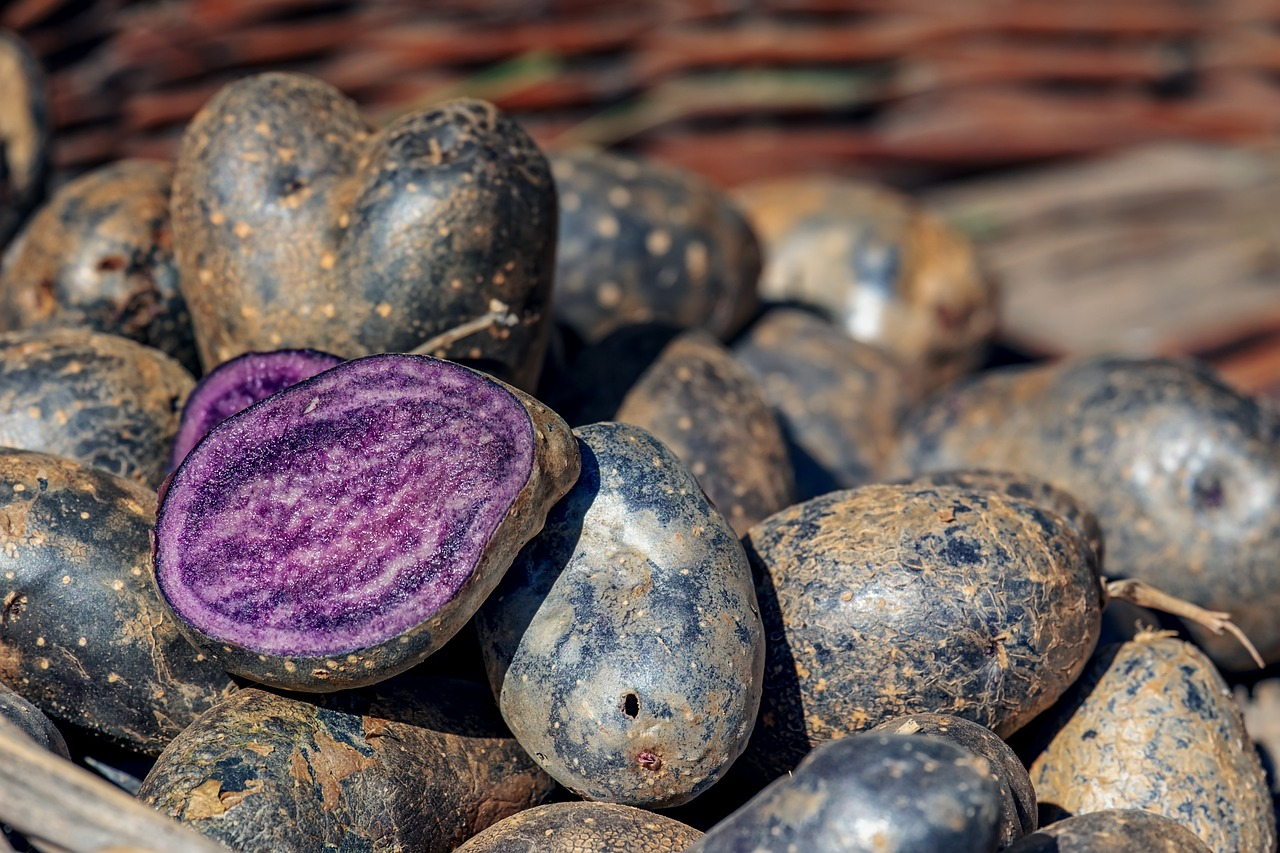
Potato Varieties: List of Popular Potatoes (With PDF)
There are many potato varieties, only a fraction of which are approved in Germany. Different varieties can be cultivated under a wide range of conditions and also have a variety of characteristics that distinguish them from other potato varieties. For example, they vary in size, harvest period, shelf life, taste or appearance. You can find an overview of the different potato varieties in this article.
This Article Contains:
- The Potato Plant - Good to Know
- How Many Potato Varieties Are There?
- Table Potatoes: What Types of Potatoes Are There?
- Potato Varieties - Overview of the Cooking Type
- Potato Varieties: Overview at Harvest Time
- Table With an Overview of the Most Popular Potato Varieties
- Purple & Red Potatoe Varieties
- Heirloom Potato Varieties
- PDF: List of Popular Potato Varieties
- Frequently Asked Questions About Potato Varieties
Quick Overview
How Many Potato Varieties Are There?
- Over 3000 potato varieties worldwide, 500 of which are approved in Germany
- 395 of these varieties are table potatoes and are suitable for consumption
What Types of Potatoes Are There?
- Depending on the cooking type, a distinction is made between waxy, predominantly waxy, predominantly floury and floury-boiling potatoes
- Depending on the harvest period, a distinction is made between early potatoes, medium-early potatoes and late potatoes
Overview of the Most Popular Potato Varieties: Table
- Here you can find the PDF for an overview table of frequently grown potato varieties divided into early, medium-early and late potatoes
The Potato Plant - Good to Know
Like the Tomato, the potato plant belongs to the nightshade family (Solanaceae) and, like the entire plant family, originates from South America. Many varieties were originally native to the Andes.
The potato came to Europe in the 16 th century with the discovery of America. However, it was not until the 19 th century that it gained its status as one of the most important staple foods of Western civilization.
How Many Potato Varieties Are There?
There are over 3000 potato varieties worldwide, of which around 540 are approved in Germany (Sortenbundesamt, as of 2023). However, only very few potato varieties are still cultivated on a large scale. The varieties can differ greatly in shape, taste or harvest time.
Within these 500 varieties, around 395 potato varieties are table potatoes. The remaining 105 varieties are starch potatoes, which are used to feed animals.
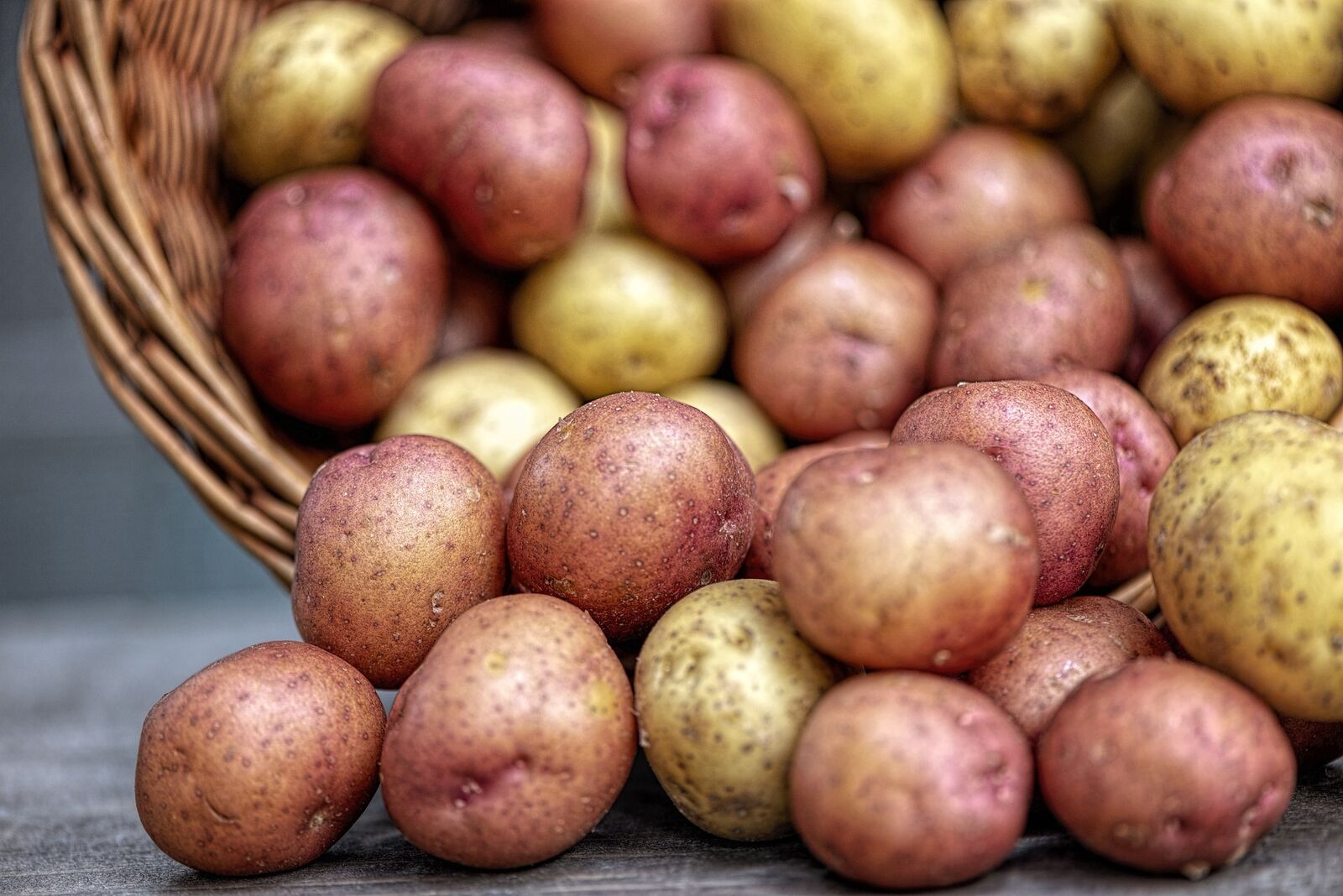
Table Potatoes: What Types of Potatoes Are There?
Firstly, potato varieties are differentiated according to their cooking type , which is determined by their starch content. The more starch a potato contains, the more floury it becomes when cooked. A distinction is made here between waxy , predominantly waxy and floury potatoes. Firm-boiling potatoes include, for example, the popular Annabelle potato or the old Linda variety. Floury potato varieties include Hela, Bintje and Augusta.
Another distinguishing feature is the cultivation period. There are early varieties, which are also known as "early potatoes". These are usually ready for harvest at the beginning of June, as they only need just under three months to grow. Medium-early varieties need around 5 months and can be harvested from August. Late varieties, on the other hand, can be harvested until the end of October. Medium-early to late varieties are usually stored and can be eaten throughout the winter if stored correctly.
Potato Varieties - Overview of the Cooking Type
Depending on which dish is on the menu, you can use either waxy or floury potatoes:
Hard-Boiling Potato Varieties
Firm-boiling potatoes contain less starch than floury potatoes and are therefore firmer and easier to cut. They are popular potato varieties for potato salad, roast potatoes and jacket potatoes.
Floury Potato Varieties
The more starch a potato contains, the looser it becomes when cooked. This is why floury potatoes fall apart much more than waxy potatoes. This is why you use floury potatoes for dishes such as dumplings, mashed potatoes or homemade gnocchi.

Potato Varieties: Overview at Harvest Time
In addition to the cooking type, the ripening time also plays an important role for gardeners. The great advantage of early-maturing varieties is that they are harvested before Late Blight can occur. The risk of infection increases in summer and without plant protection, most medium to late-maturing potato varieties are affected and become infected. Here it is important to choose robust varieties, such as some old varieties. You can find a list of old, robust potato varieties further down in the article.
Unfortunately, early potatoes can only be stored to a limited extent and should be eaten within a few weeks. Late varieties, on the other hand, store well and will keep for several months if stored in the dark and at temperatures between 4 and 12 °C/39 and 53 °F.

Want to Know More About Potato Varieties?
In our library you will find information on a wide range of varieties, including growing seasons, planting and harvesting tips. You can also find good and bad companion plants for planning mixed crops.
Check out Our Plant Library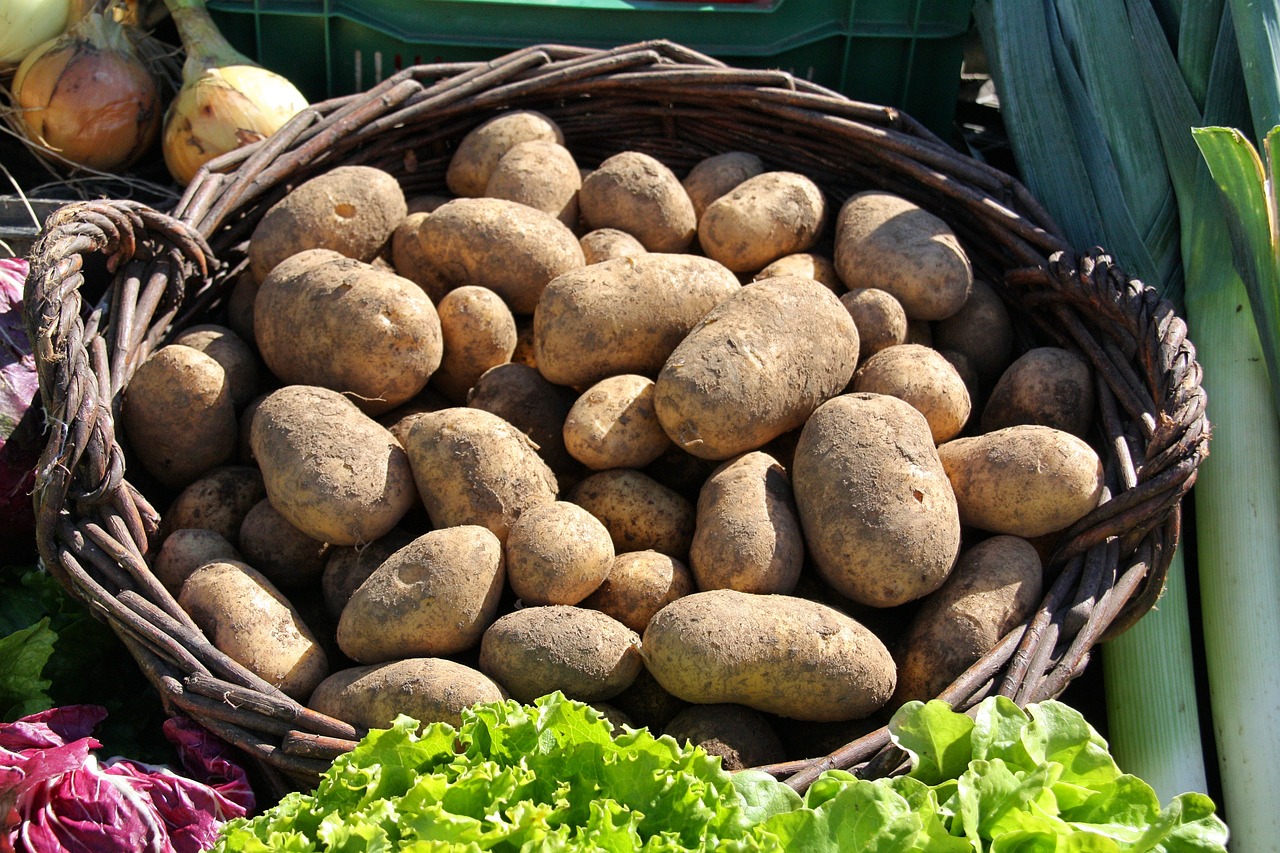
Early Potato Varieties
Early potatoes only need around 90 to 110 days to ripen. They quickly make room in the bed and are therefore a good pre-crop. They loosen the soil with their tubers and thus improve compacted soil. This improves the water balance in the soil and the soil structure. These varieties are usually not as productive as late potatoes. However, they are particularly aromatic and tasty.
Medium-Early Potato Varieties
The medium-early potato varieties are some of the most popular - they are particularly common in hobby gardens. They have an intense flavor and are suitable as storage potatoes. These varieties need around 120 to 140 days until they are ready to harvest.
Late Potato Varieties
These potato varieties produce the highest yields due to their long growing time. They stand in the bed for 140 to 160 days. The long shelf life of late potato varieties makes them an important part of the garden, especially for self-sufficient growers. When growing late potatoes, you should choose robust varieties.
Table With an Overview of the Most Popular Potato Varieties
| Very Early | Early | Mid-Early to Mid-Late | Late | |
|---|---|---|---|---|
| Floury Varieties | Christa | Augusta | Adretta | Ackersegen |
| Hela | Gunda | Afra | Arran Victory | |
| Ilona | Agria | Schwarzblaue aus dem Frankenland | ||
| Aula | ||||
| Bintje | ||||
| Blauer Schwede | ||||
| British Queen | ||||
| Challenger | ||||
| Desiree | ||||
| Felsina | ||||
| Fontane | ||||
| Highland Burgundy red | ||||
| Irmgard | ||||
| Juliver | ||||
| Karelia | ||||
| Hard-Boiling Varieties | Acapella | Agila | Adelina | Aeggeblomme |
| Agata | Belana | Agnes | Blaue Anneliese | |
| Alexandra | Bellarosa | Alegria | Cascada | |
| Altesse | Christa | Almera | Granola | |
| Annabelle | Cilena | Almonda | Heiderot | |
| Bellaprima | Gala | Allians | Laura | |
| Belle de Fontenay | Gloria | Bamberger Hörnchen | Linda (wird bei langer Lagerung mehlig) | |
| Eersteling | Goldmarie | Blauer Schwede | Vitelotte | |
| Finka | Marabel | Blauer St. Galler | ||
| Glorietta | Sieglinde | Charlotte | ||
| Saskia | Clivia | |||
| Heideniere | ||||
| La Ratte | ||||
| Nicola | ||||
| Quarta | ||||
| Selma |
Purple & Red Potatoe Varieties
Red or purple potatoes get their color from anthocyanins. This is a secondary plant substance that protects plants from excessive exposure to light. Excessive exposure to light produces free radicals (= oxidative stress) in the plant, which are bound by anthocyanins. Red potatoes are therefore particularly healthy, as they also bind harmful free radicals in the body and render them harmless.
- Blue Anneliese
- Blue Swede
- Desiree
- Heiderose
- Highland Burgundy Red
- Laura
- Violetta
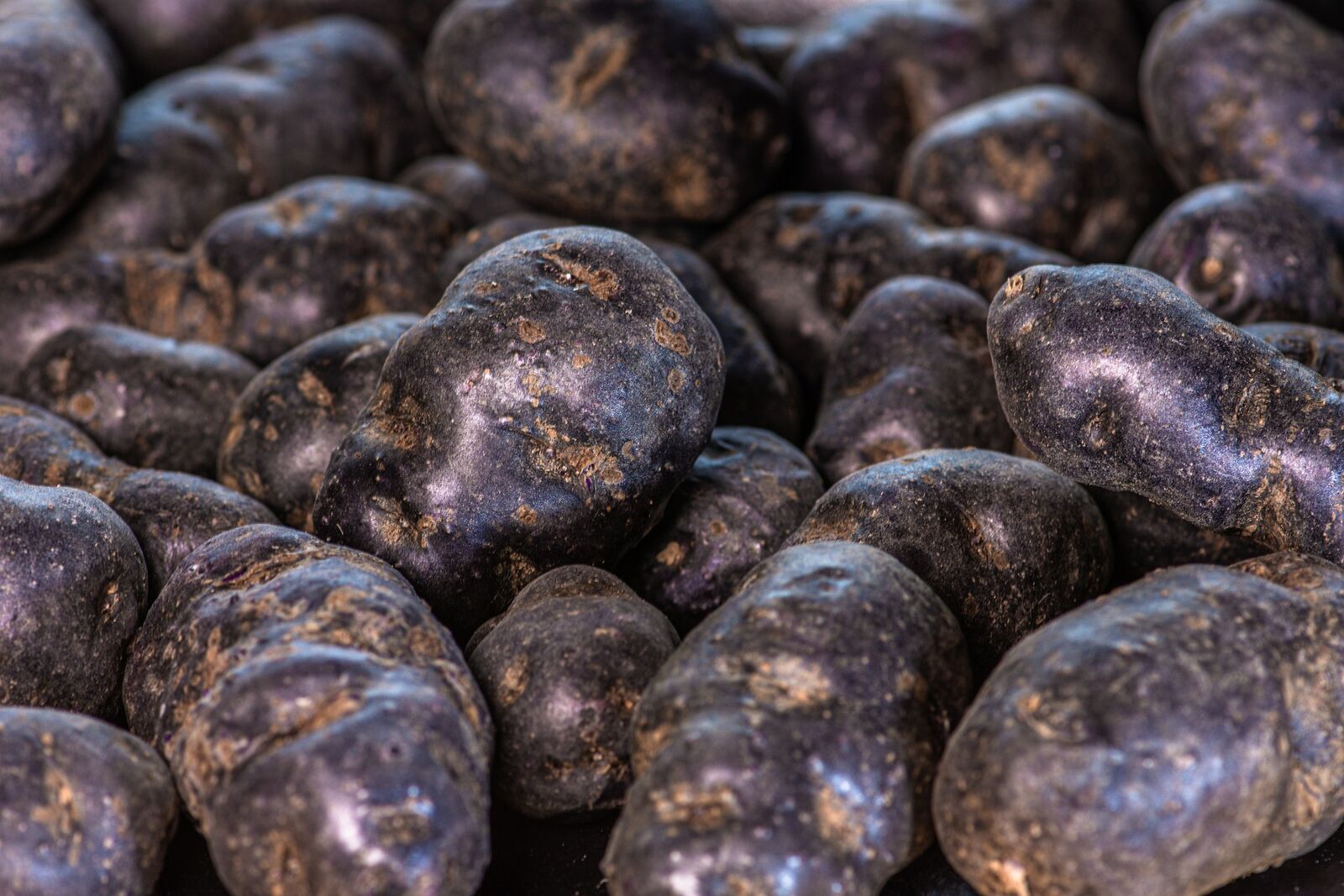
Heirloom Potato Varieties
Heirloom varieties are becoming increasingly popular with buyers and gardeners. However, many traditional varieties have already fallen into oblivion. This is mainly due to the fact that they were not as productive as their competitors or were not suitable for industrial production due to their shape. However, important resistance to diseases and pests or flavor characteristics, among other things, were lost as a result of yield-increasing breeding. Heirloom potato varieties are therefore increasingly coming into focus, as they could be used to breed new, unique-tasting and more resistant varieties. To read more about The Diversity of Heirloom Varieties, you can take a look at our article on the subject.
Popular Heirloom Varieties:
- La Ratte
- Bamberg croissant
- Linda
- Sieglinde
- Blue Swede
- Bintje
I hope this has whetted your appetite for growing your own potatoes. If you have any questions or comments, please write to us at [email protected].
Want to get helpful gardening tips all year round and plan your own beds in the best possible way? Then register here or download the Fryd app for Android or iOS.
Fryd - Your digital bed planner
Cover picture by Couleur on Pixabay.
Source: https://www.bundessortenamt.de/bsa/media/Files/BSL/BSL_Kartoffel_2023.pdf

Marie
Marie is an agronomist. She is particularly interested in the sustainable and organic cultivation of vegetables and other plants. In her own garden, she gained experience and likes to try things out to learn from nature. She is particularly interested in the values and principles of permaculture, in order to contribute not only to the well-being of nature, but also to the well-being of people and future generations.
Learn MoreCurrent Topics in the Community
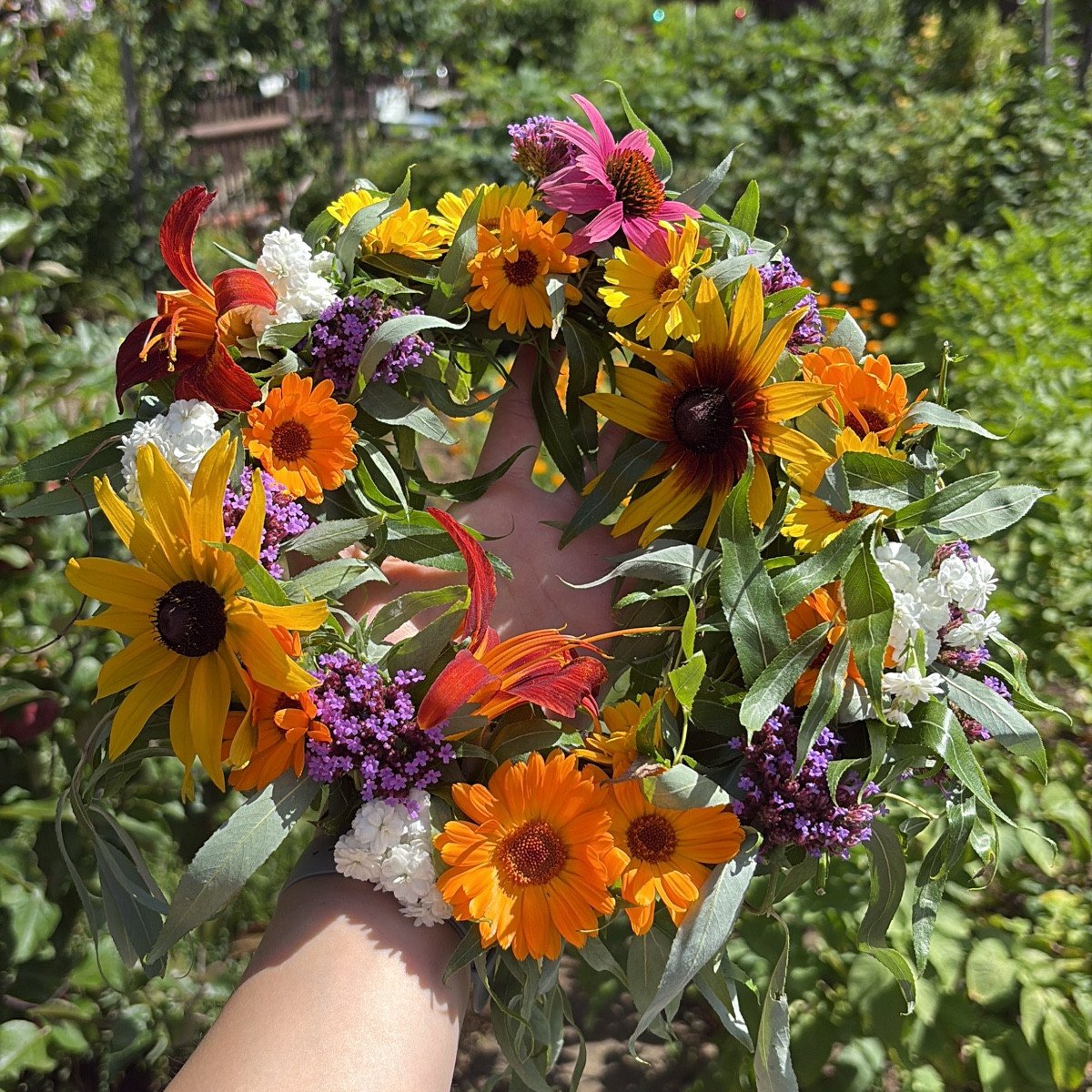
Liked 10 times
This year there are so many different flowers in my garden 😍
Show 1 answer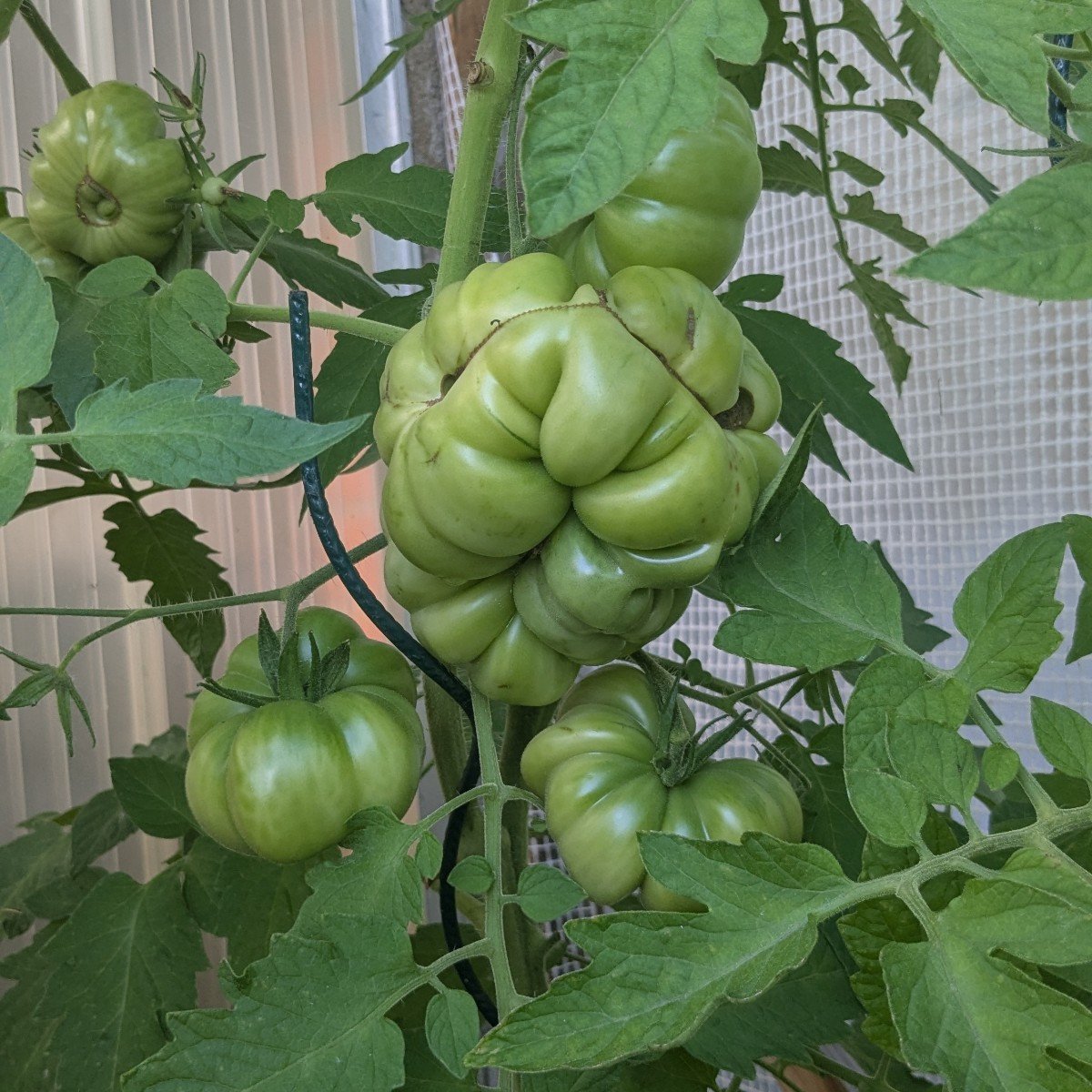
Liked 7 times
Update from the tomato front. The monster is still alive!
Show 2 answers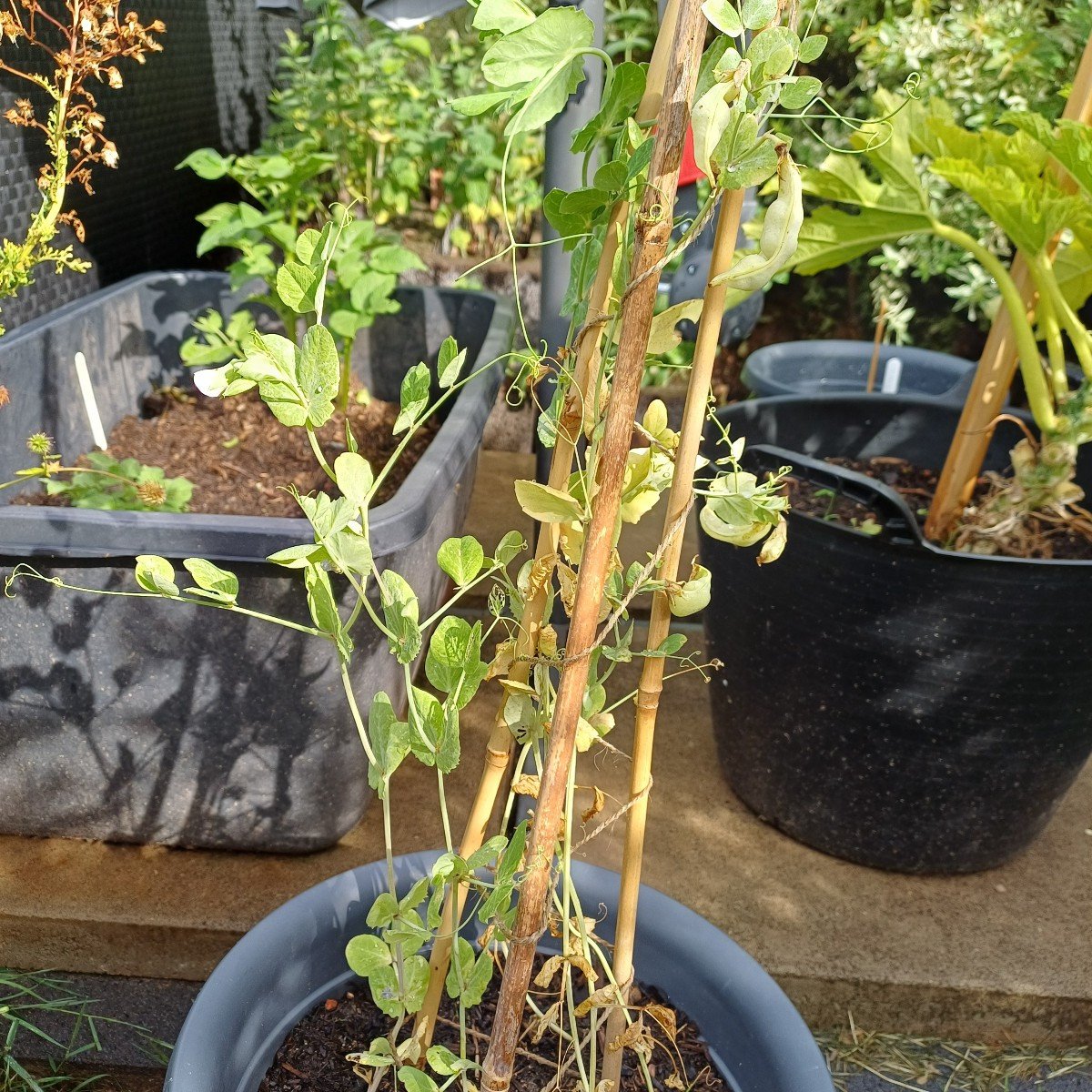
Liked 3 times
What else is growing.☺️ Gradually being harvested, very tasty. Feel free to write with tips and tricks😜
Show 3 answersPopular Articles

Companion Plants for Carrots: What (Not) to Plant With Carrots
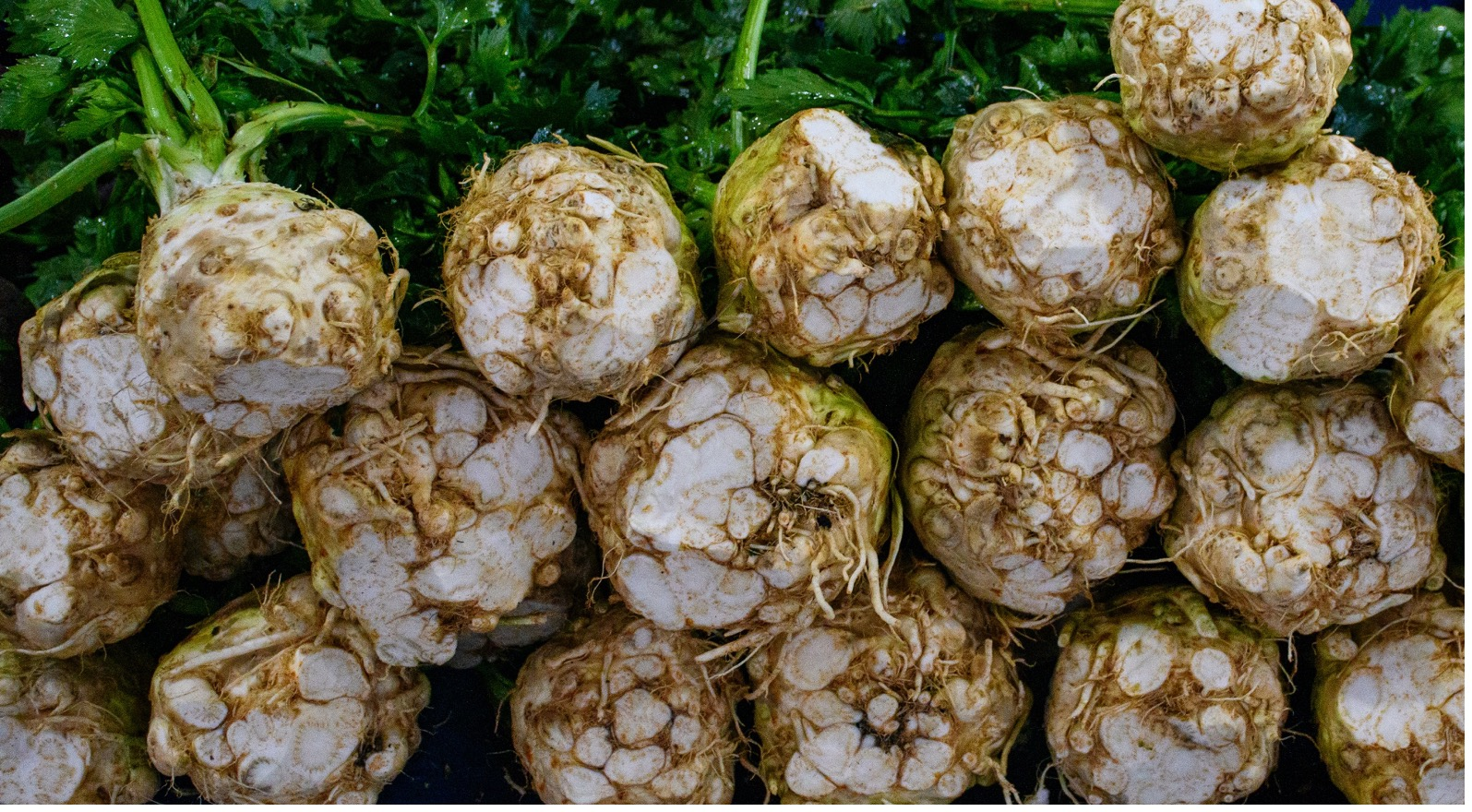
Companion Plants for Celery : What (Not) to Plant With Celery?

Strawberry Types: List of Best Strawberry Varieties

Companion Planting With Strawberries: Companion Plants and Planting Plan
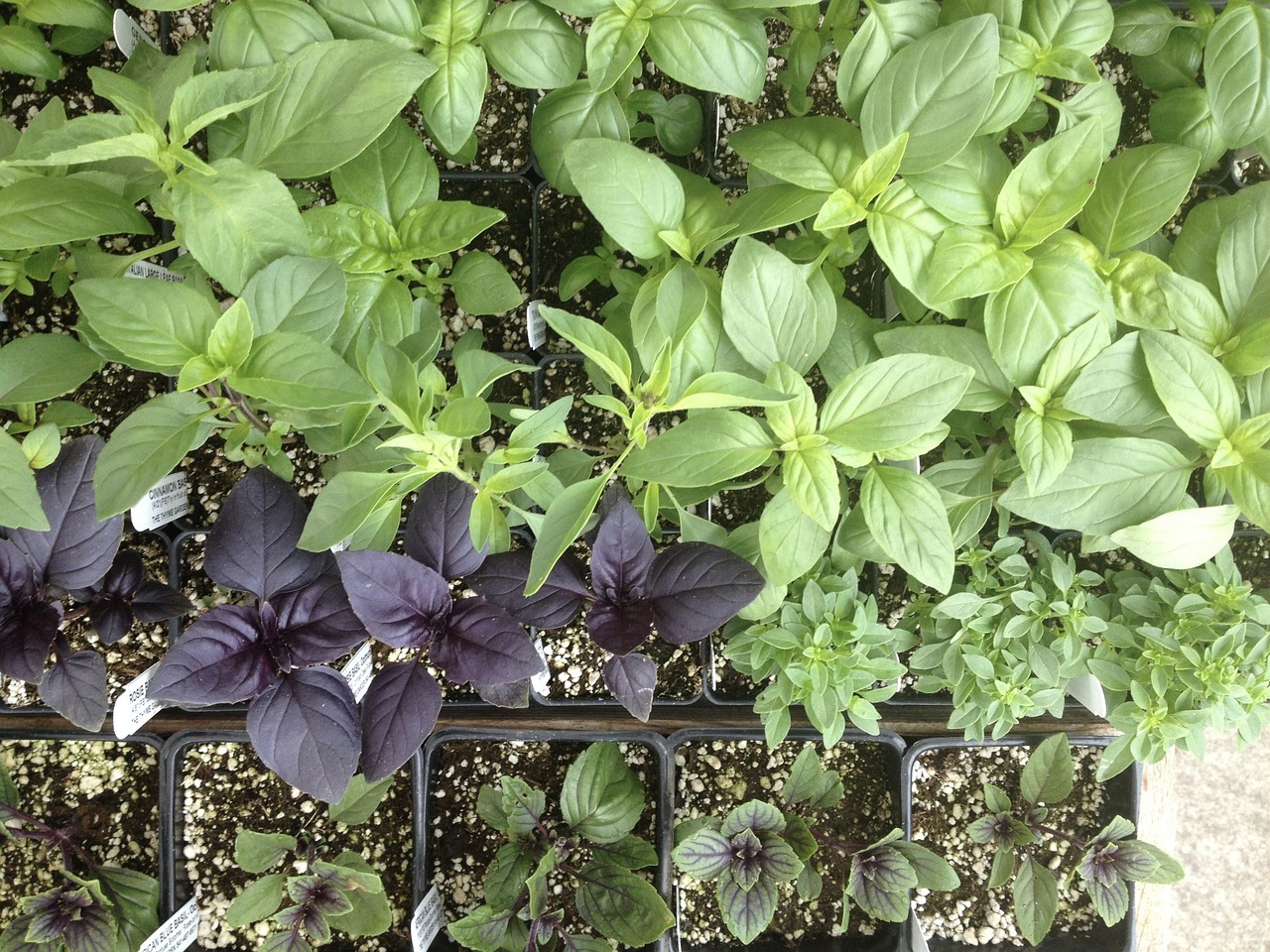
Basil Varieties & Types at a Glance
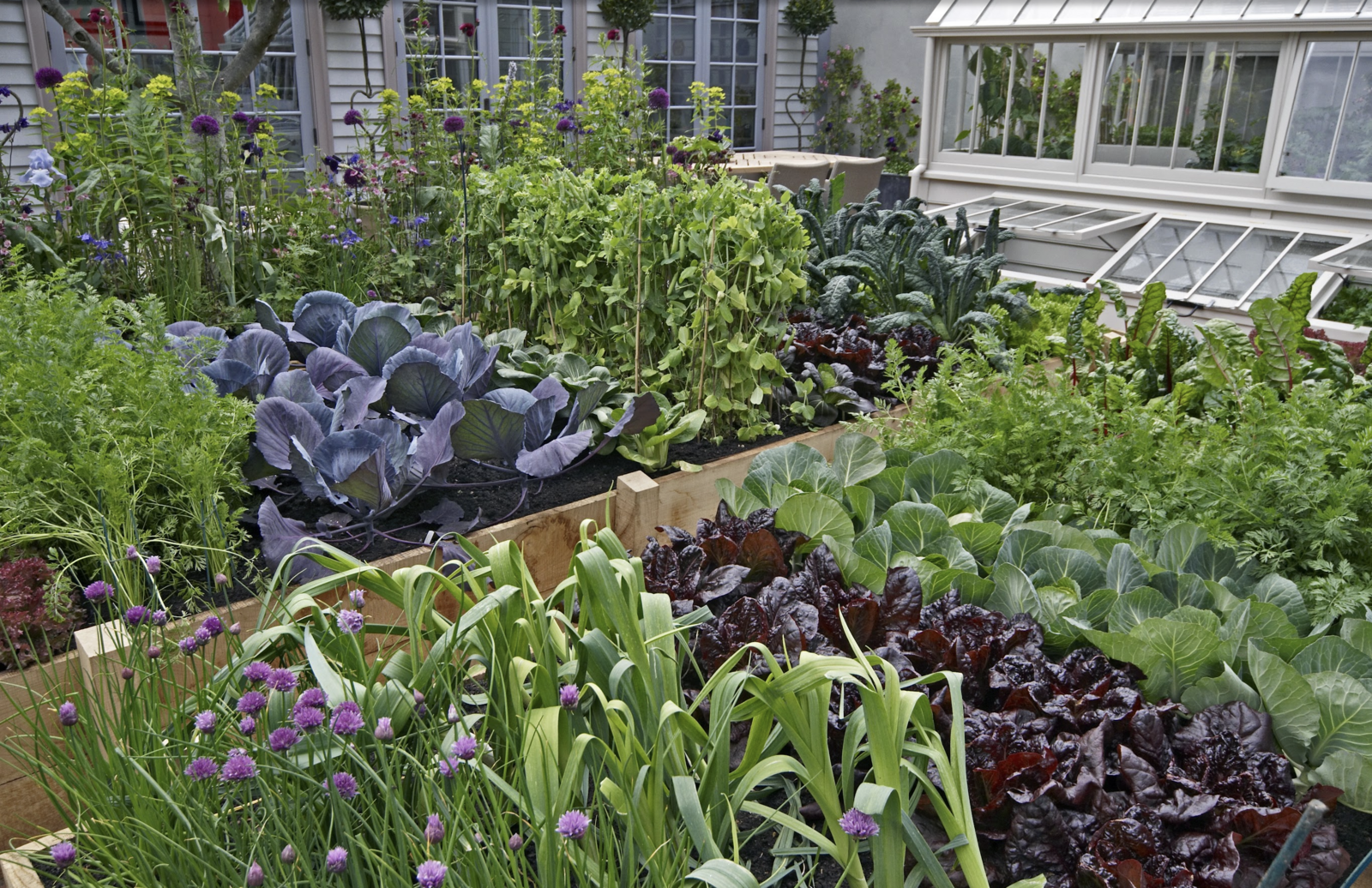
What to Plant With Cabbage: Good and Bad Companion Plants
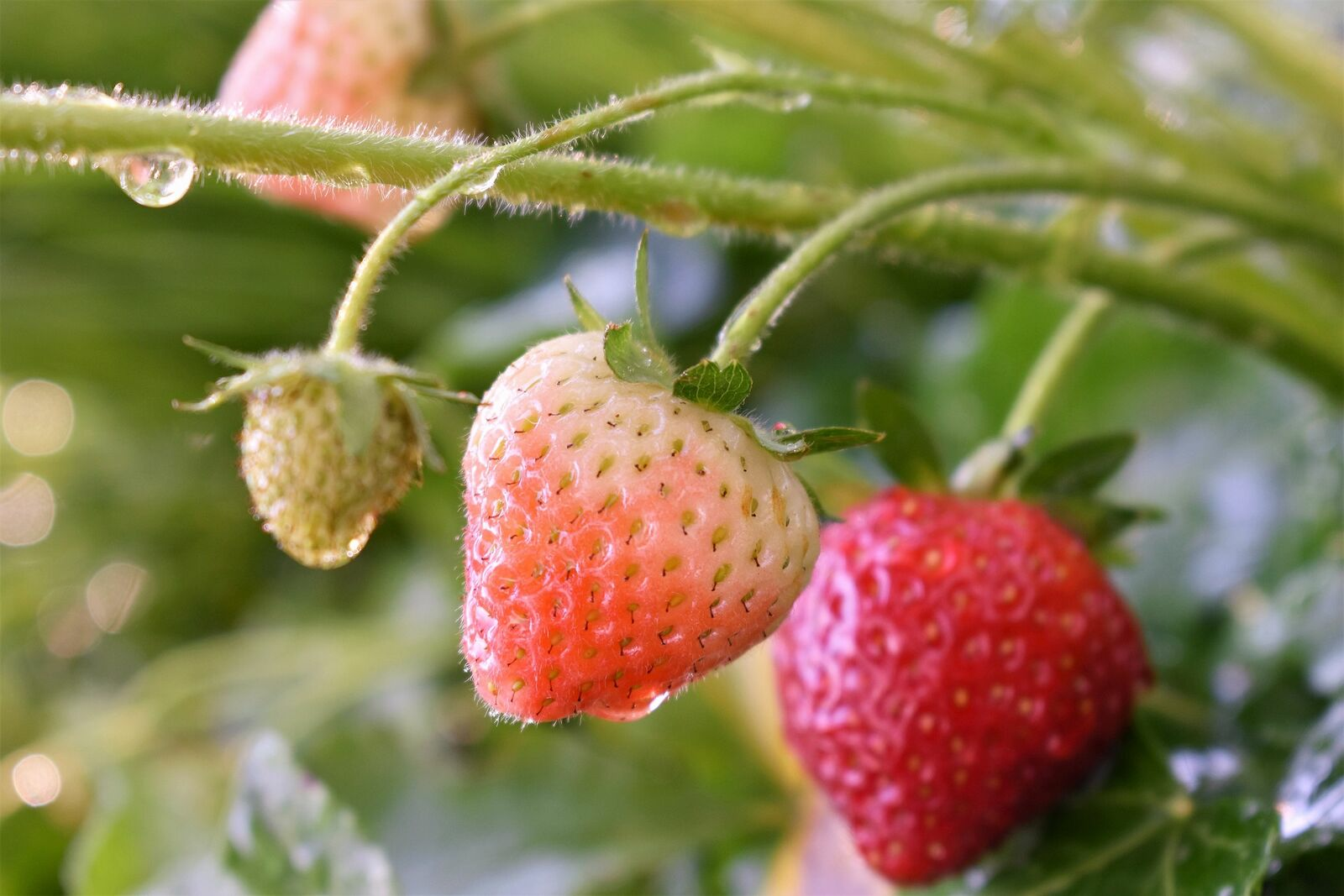
Fertilizing Strawberries: Home Remedies & Natural Fertilizers at a Glance

Growing Sweet Potatoes: Tips on Cultivation & Companion Plants
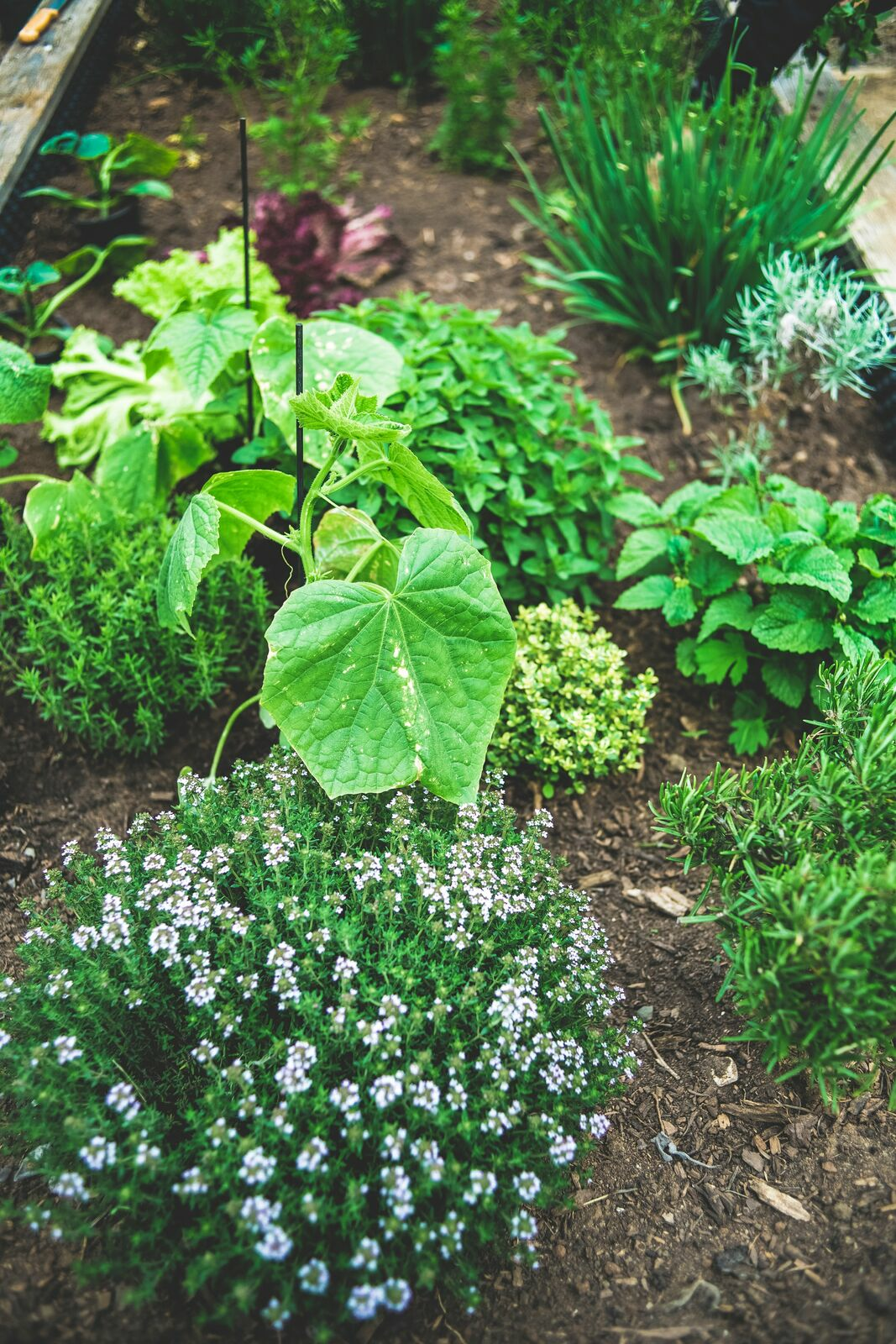
Companion Plants for Kitchen Herbs: Chives, Parsley & Co

What Herbs Can Be Planted Together?
FAQ
How many potato varieties are there?
There are over 3000 potato varieties worldwide. Of these, around 500 varieties are approved in Germany and around 400 of these are table potatoes.
What types of potatoes are there?
Potato varieties are classified according to cooking type (waxy, floury, predominantly waxy/floury). In addition, there are early to late varieties that differ in their harvest period.
What are early potato varieties?
Early potatoes ripen quickly and only take around 90 to 110 days to mature, making them a good pre-crop. Examples of early potatoes are the varieties Belang, Gala, Marabel and Sieglinde.
Which potato varieties are red or purple?
Examples of red or purple potatoes are Blaue Anneliese, Blauer Schwede, Desiree, Heiderose or Laura. They contain the red pigment anthocyanin, which has an oxidative effect and makes the potatoes particularly healthy.